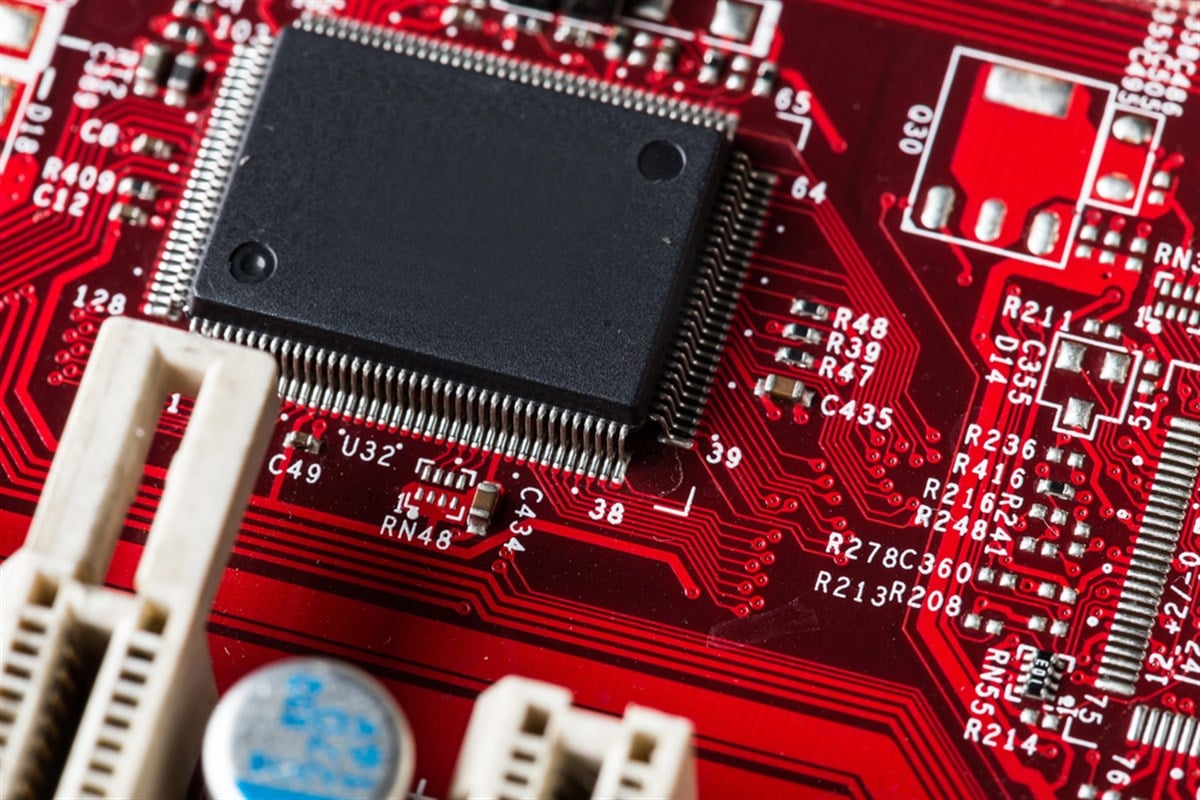Taiwan Semiconductor Spared From New Tariffs: Bullish Path Ahead?
![]() President Trump has announced the latest round of trade tariffs, targeting a wide range of goods from most of the United States’ trading partners, with a particular impact on the retail sector.
President Trump has announced the latest round of trade tariffs, targeting a wide range of goods from most of the United States’ trading partners, with a particular impact on the retail sector.
However, to many investors’ surprise, the recent press conference outlining the specifics notably excluded one major industry: semiconductors.
Semiconductor products and chip exports from Taiwan were left off the tariff list, sparing the sector from the painful volatility that has rattled the broader S&P 500 in the days following the announcement.
While this detail may have been overlooked amid the broader market uncertainty and sharp price swings, savvy investors can connect the dots and recognize a potential opportunity.
Companies tied to chipmaking and semiconductor manufacturing, such as Taiwan Semiconductor Manufacturing (NYSE: TSM), could benefit from this exemption, facing fewer headwinds to financial stability and future growth.
Give the Market Room to Breathe
That said, this isn’t a signal to buy immediately. Investors should focus on preparing in advance—identifying potential winners now so they’re ready to act when better setups emerge. Having a clear fundamental narrative in mind will be crucial as uncertainty begins to subside.
Taiwan Semiconductor is particularly well-positioned. The company has committed over $160 billion to building infrastructure in Ohio and Arizona, aligning with President Trump’s emphasis on bringing manufacturing back to the United States. Its collaboration with the administration may help explain why the sector was spared in the latest tariffs—setting the stage for strong long-term growth.
Boost for Taiwan Semiconductor Stock
Knowing that this might have been the turnout during the previously announced tariffs, institutional investors decided to take the risk of buying ahead of the event. Over the past quarter, as much as $9.8 billion of institutional capital made its way into Taiwan Semiconductor stock, a sign of confidence despite all of the inherent uncertainty.
Then, in the current quarter (covering only April 2025 thus far), an additional $16 million has been bought in this stock. Sure, these new buyers are now sitting on losses as the stock has declined since their purchase date, but that is something large institutions can weather without much of a problem.
On the other hand, this isn’t a situation most retail investors can—or want to—find themselves in, considering that most positions would represent a larger share of their portfolio and, therefore, increase their volatility. That being said, there are other gauges to consider here.
Short sellers realize that, despite the recent downside moves in the stock, the juice is no longer worth the squeeze after the fact that chips were spared from tariffs, creating a more stable environment for the company. Investors can see this theme at play as Taiwan Semiconductor’s short interest declined by over 7% in the past month alone, a sign of potential bearish capitulation.
Another check is the consensus price target set by Wall Street analysts, which currently sits at $220 per share. From where the stock trades today, this view would imply a net upside of as much as 50.8% to deliver investors relief from the current volatility and shakiness in the S&P 500.
Then there is the final gauge to consider in this deal, and it is that despite where the price of the stock may have fallen in this turbulent selloff, the market is still very clear on where the value of the company lies. Because Taiwan Semiconductor stock trades at a price-to-book (P/B) ratio of 7.2x, it commands a clear premium to the rest of the computer sector’s average valuation of 5.7x today.
Far from being “expensive,” there is a well-defined reason why the market still wants to overpay for this stock, and it should be clear to investors now as well, as it lies outside of the tariff uncertainty today.
Learn more about TSM


